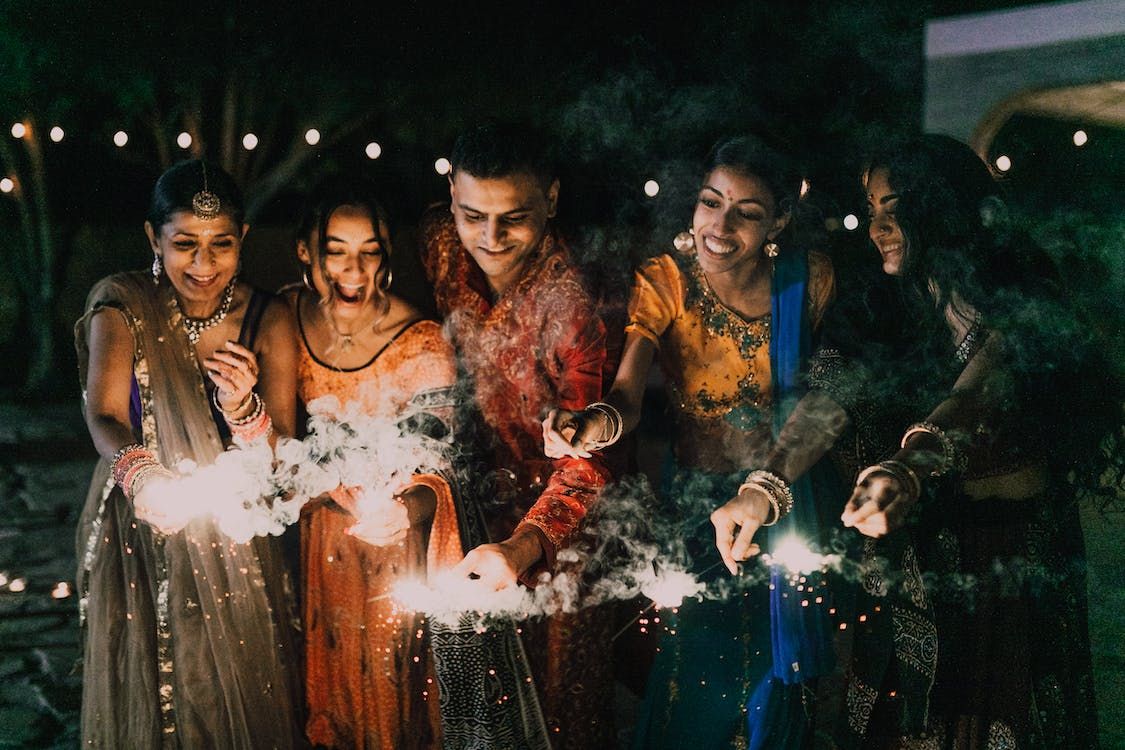
They say India is a land of festivals. And do we disagree? Absolutely not!
India, a diverse tapestry of cultures and religions living in harmony, presents a vibrant array of joyous festivals that keep the nation dancing to the rhythm of celebrations all year round. With a flurry of festivals just gone by, another grand festival is already at our door–yes, Diwali, it is!
Unquestionably, one of the most eagerly awaited and larger-than-life Indian festivals, Diwali, also known as Deepavali, is the festival of scintillating lights that symbolises the victory of good over evil, light over darkness, and new beginnings. Diwali is observed in accordance with the Hindu Lunar calendar and typically falls between the autumnal months of October and November. This five-day festival is marked by lively parties, spectacular fireworks, heartfelt rituals, piles of shopping, and the spirit of sharing.
The festivities commence with Dhanteras, observed on the 13th day of the dark fortnight, during which people engage in the practice of buying gold or silver. The celebrations culminate with Bhai Dooj or Bhai Phonta (as it is known in Bengal), a day when sisters offer prayers for their brothers’ well-being and arrange feasts in their honour.
While the majority of India celebrates Diwali, commemorating Lord Rama’s return from Lanka, each region of India has its unique narrative, customs, and exclusive traditions to uphold, resulting in a diverse tapestry of Diwali observances.
From the worship of Goddess Lakshmi and Kali to the effigy-burning of Narkasur, from celebrating Bandi Chhor to the Nirvana of Mahavira, India’s various states have their own captivating Diwali customs and activities. Let’s explore!
West Bengal
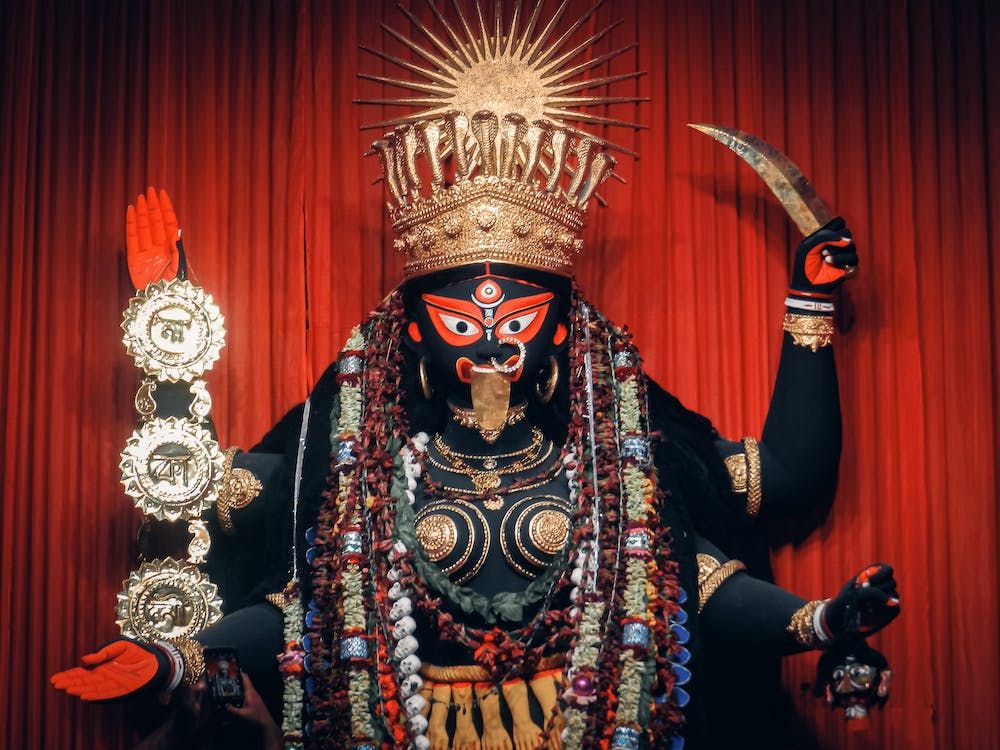
In West Bengal, Diwali is renowned as Kali Pujo or Shyama Pujo marking the arrival of Maa Kali, an avatar of Goddess Durga.
Bengalis fervently worship Maa Kali, the divine embodiment of Goddess Kali, symbolising the omnipotent feminine energy in Hindu culture. Maa is adorned with resplendent gold jewellery, opulent sarees, and vibrant hibiscus flowers, exuding a majestic aura. Devotees throng to revered Kali temples such as Kalighat and Dakshineshwar to seek the blessings of Maa Kali. Alternatively, some households host Kali Pujo in their households. Much like Durga Puja, Bengalis engage in pandal hopping.
The rituals of the Puja are conducted by ‘Agambagish’, the most esteemed tantriks or priests of Maa Kali. Before the worship of the Goddess, these priests meditate in mortuaries, forming a circle amidst human skulls, which they collect and anoint with their own blood. This intricate Agambagish ceremony can be witnessed in rural areas of West Bengal, particularly in Howrah, Midnapore, and Hooghly districts.
In certain regions, the ritual of animal sacrifice is observed as an offering to appease the deity. Fasting is a common practice, along with the worship of Goddess Lakshmi, the harbinger of wealth.
The celebration goes on for three consecutive days, coupled with exuberant fireworks, familial reunions, and social gatherings.
An intriguing Diwali tradition unique to Bengalis involves the observance of Bhoot Chaturdasi, a day when they consume a special dish called ‘choddo shaak’, a concoction of 14 leafy vegetables and medicinal plants are consumed to promote health and 14 earthen lamps or candles are illuminated at homes to ward off evil spirits.
Maharashtra
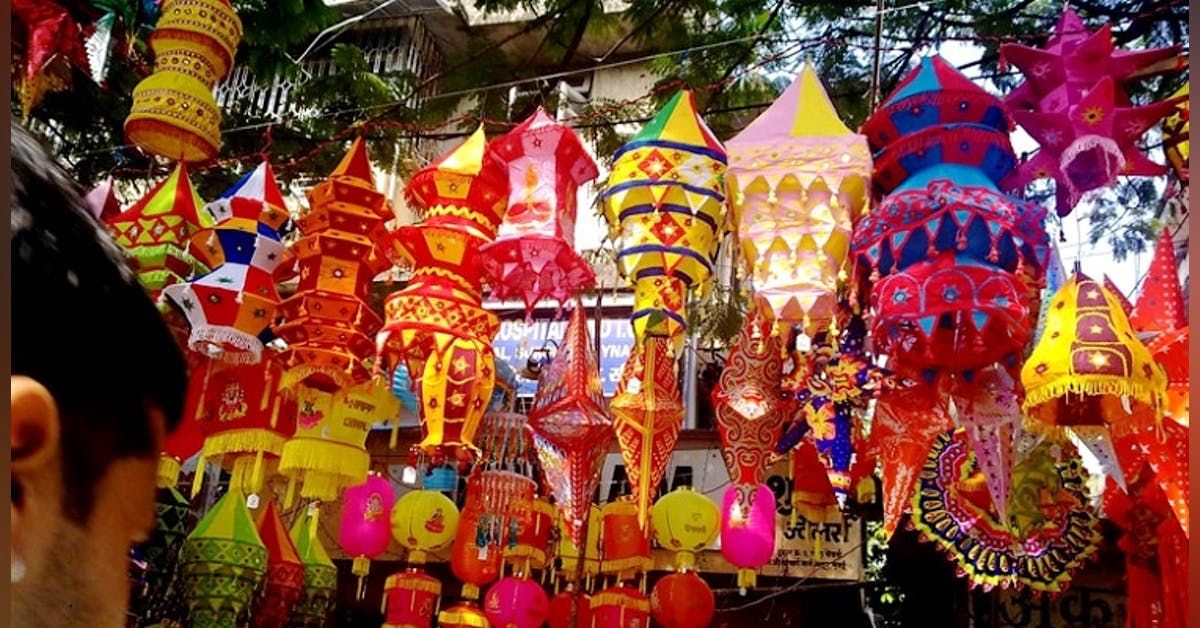
In Maharashtra, the vibrant celebration of Diwali kicks off with the auspicious ritual of ‘Vasu Baras’, a day dedicated to honouring cows.
Following this, the state eagerly prepares to immerse itself in the festive spirit of Diwali, beginning with the celebration of Dhanteras, known as ‘Dhantrayodashi’ in Maharashtra, a day devoted to the worship of Goddess Lakshmi.
Maharashtrians also cherish Diwali Cha Padva, a day that commemorates the sacred bond of marriage and celebrates the love between a husband and wife. The culmination of the five-day Diwali festivities in Maharashtra takes place with ‘Bhav Bij’ and ‘Tulsi Vivah’, marking the onset of the wedding season.
One of the charming sights during Diwali in Maharashtra is the decoration of homes with colourful lanterns known as ‘kandeels’. These lanterns are either handcrafted at home or purchased from local markets, adding a delightful and festive touch to the surroundings. Strolling through the streets of Mumbai during Diwali, one can relish the sight of homes adorned with an array of distinctive kandeel designs, adding to the festive allure of the city.
Varanasi
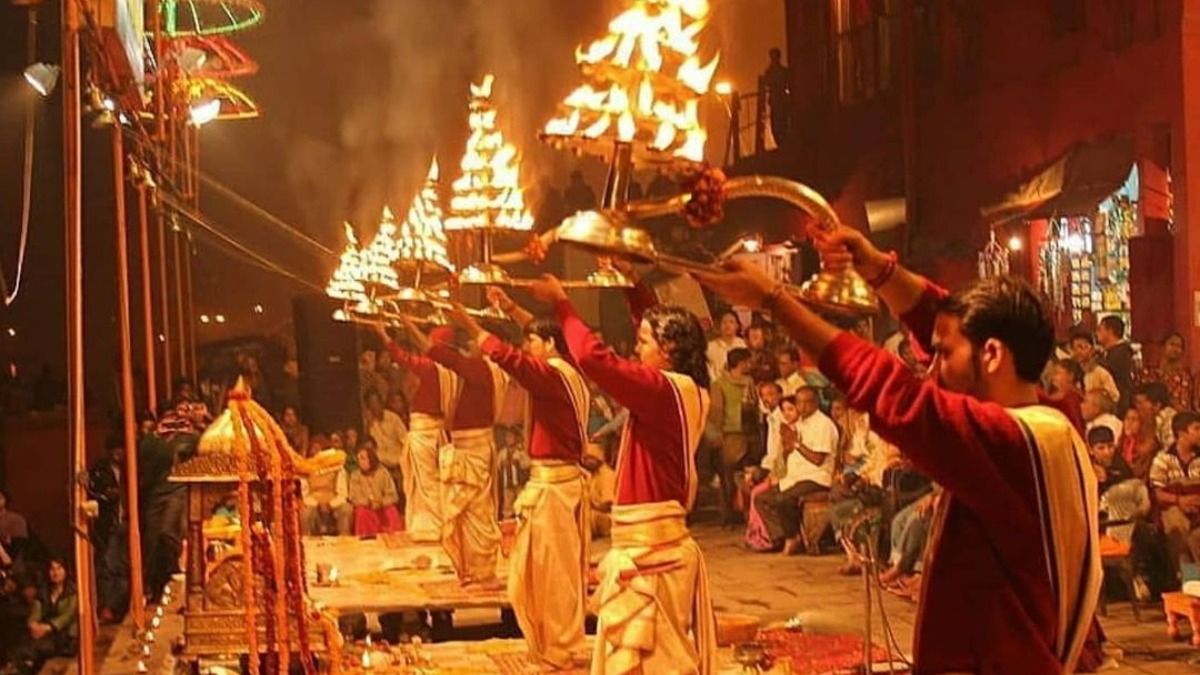
The sacred city of Varanasi in Uttar Pradesh celebrates ‘Dev Diwali’ or ‘Dev Dipawali’, a unique and spiritually significant festival that commemorates the triumph of Lord Shiva over the demon Tripurasur.
This distinctive Diwali tradition, also known as Tripurotsav, typically unfolds on Kartik Purnima, which falls fifteen days after the main Diwali celebration.
Celebrated along the banks of the majestic River Ganga, the enchanting city of Varanasi comes alive with the soft glow of countless earthen lamps, gently floating on its shimmering surface, while the air softly carries the holy chants and prayers. The mesmerising Ganga aarti, a daily ritual on the ghats, becomes an even more awe-inspiring spectacle during Dev Deepavali.
It is believed that on this momentous day, the gods descend to Earth to partake in a sacred bath in the holy waters of the Ganges.
.thumbnailWrapper
width:6.62rem !important;
.alsoReadTitleImage
min-width: 81px !important;
min-height: 81px !important;
.alsoReadMainTitleText
font-size: 14px !important;
line-height: 20px !important;
.alsoReadHeadText
font-size: 24px !important;
line-height: 20px !important;

Tamil Nadu, Kerala, Karnataka
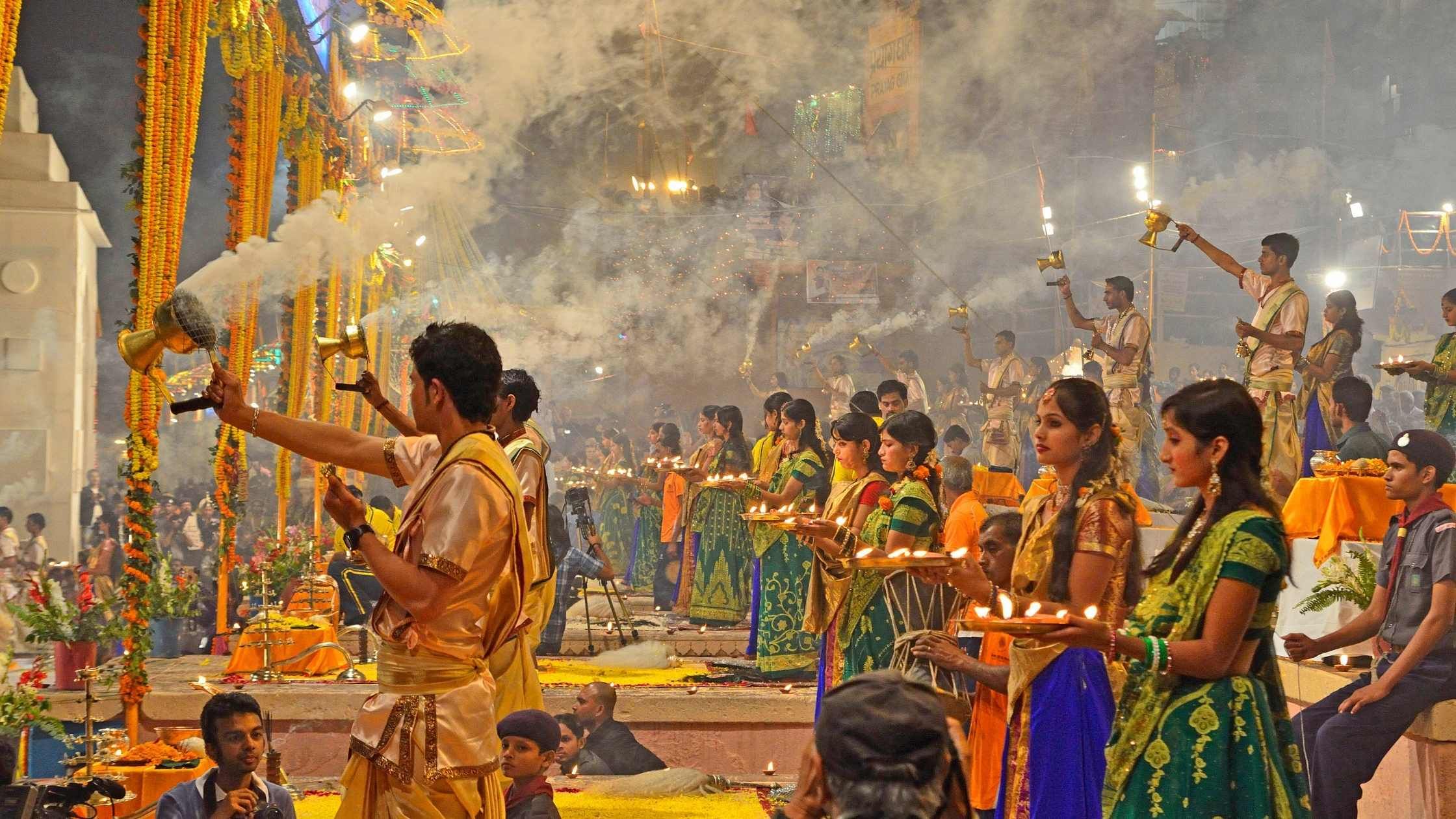
While there are some commonalities between North and South Indian Diwali celebrations, Diwali celebrations in South India are a harmonious blend of simplicity and splendour.
Commemorating the defeat of Narakasura by Lord Krishna, ‘Narak Chaturdashi’ holds paramount significance during this five-day-long festival in the southern part of the country. For Tamilians, the day commences with an early morning oil bath, followed by a series of unique customs and rituals. Beautiful kolams, crafted with rice powder or colourful chalk, adorn house entrances and streets. They offer ‘naivedyam’ to deities and light the traditional lamp, locally known as ‘kuthu vilaku’.
Deepavali Legiyam, a traditional herbal medicine, is prepared to aid in digestion, essential after indulging in the rich festive cuisine and sweets.
Another distinctive Diwali tradition in Tamil Nadu is ‘Thalai Deepavali’, where newlyweds spend their first Diwali post-marriage in the bride’s maternal home, symbolising a celebration of new beginnings and family bonds.
In rural Karnataka, cultural events and competitions take place alongside the Lakshmi Puja, while urban areas prioritise the worship of Goddess Lakshmi and Lord Vishnu.
Kerala, on the other hand, embraces a warm and homely Diwali celebration, with families welcoming guests and lighting traditional oil lamps. The festivities in Kerala begin with a ritualistic oil bath like that in Tamil Nadu, followed by a sumptuous meal.
Punjab
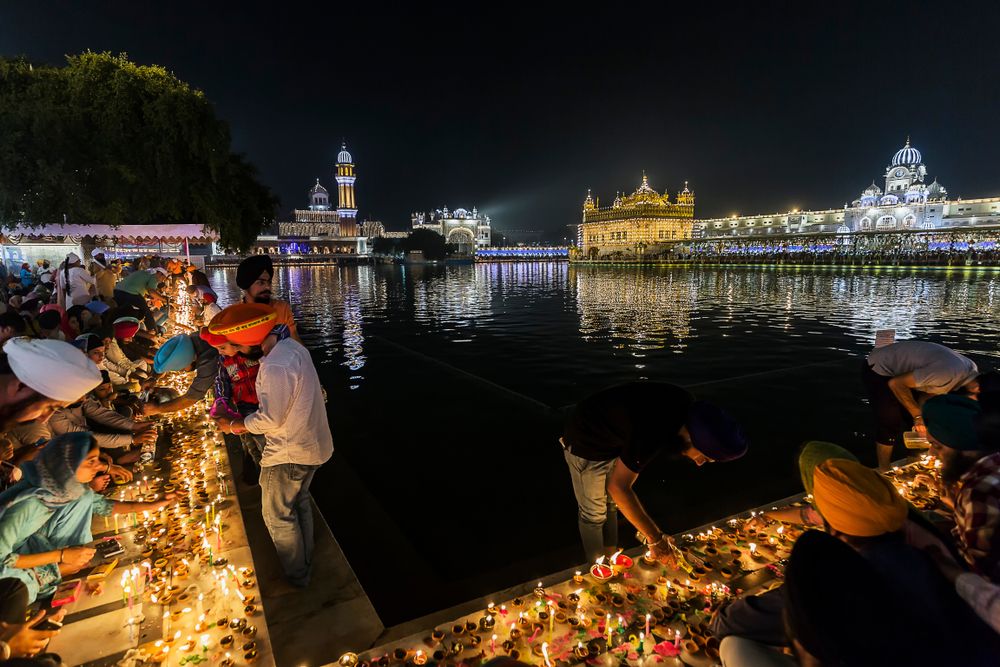
In Punjab, Diwali is celebrated with distinct customs and vibrant festivities by both Hindus and Sikhs. Hindus in the state worship Goddess Lakshmi on this auspicious day, seeking her blessings for prosperity and wealth. In contrast, the Sikh community commemorates ‘Bandi Chhor Diwas’, which coincides with Diwali, marking a day of liberation.
The focal point of the celebration is the Golden Temple, adorned with thousands of earthen lamps that complement the dazzling fireworks lighting up the night sky. The Golden Temple also exemplifies the spirit of community service, as it hosts a ‘langar’ or free kitchen to cater to those who visit to offer their prayers at this sacred site.
This significant celebration is marked by illuminating candles at gurudwaras all over Punjab and households, and joyous feasts. Diwali in Punjab heralds the onset of winter in the region, and it carries special significance for farmers who begin preparing for the upcoming agricultural season by sowing the first batch of seeds.
Goa
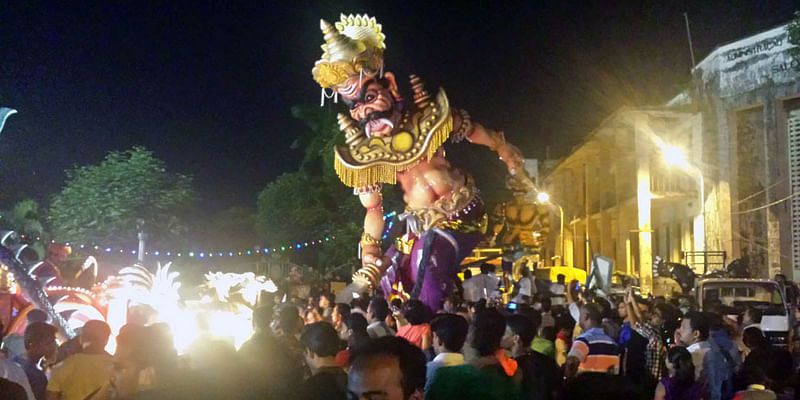
Much like the southern states of India, Diwali signifies the celebration of Lord Krishna’s victory over the demon Narakasura in Goa.
A distinctive tradition in this coastal state involves the burning of larger-than-life effigies of the demon king at the break of dawn on Narakasura Chaturdashi, which precedes Diwali. Goans share a common practice during Diwali, smearing their bodies with coconut oil as a symbolic gesture to purify themselves from earthly sins.
The creation of these effigies is a labour of love that begins weeks before the main festival, with people’s imaginations running wild to give the demon king the most vivid and often playful appearances. It’s not uncommon to see competitions that reward the most creatively designed effigies, turning the art of effigy-making into a festive and spirited contest.
Odisha
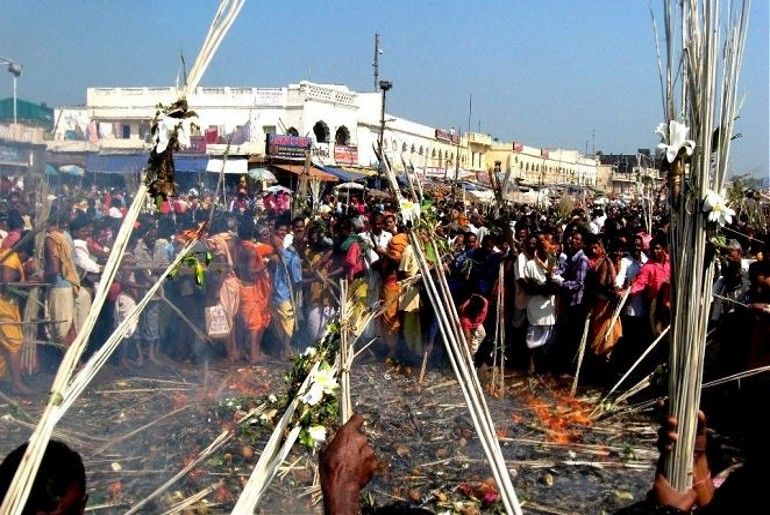
Odisha, one of India’s most culturally diverse states, observes Diwali in a distinct and intriguing manner.
During ‘Kaunriya Kathi’, the people of Odisha engage in the symbolic act of burning jute sticks, intending to invite their ancestors to descend from heaven on the auspicious day of Diwali. According to their belief, their ancestors reside in the vast expanse of the open sky as the sun begins its journey towards the Tropic of Capricorn.
Alongside the homage to their ancestors, the people of Odisha also worship Goddess Kali, Goddess Lakshmi, and Lord Ganesha, seeking blessings from a pantheon of deities that represent various aspects of their lives.
While the celebrations of Diwali may manifest in various forms across India, this vibrant festival weaves all castes, creeds, and religions in the same thread of joy and togetherness. Wishing all our readers a Happy & Prosperous Diwali!










